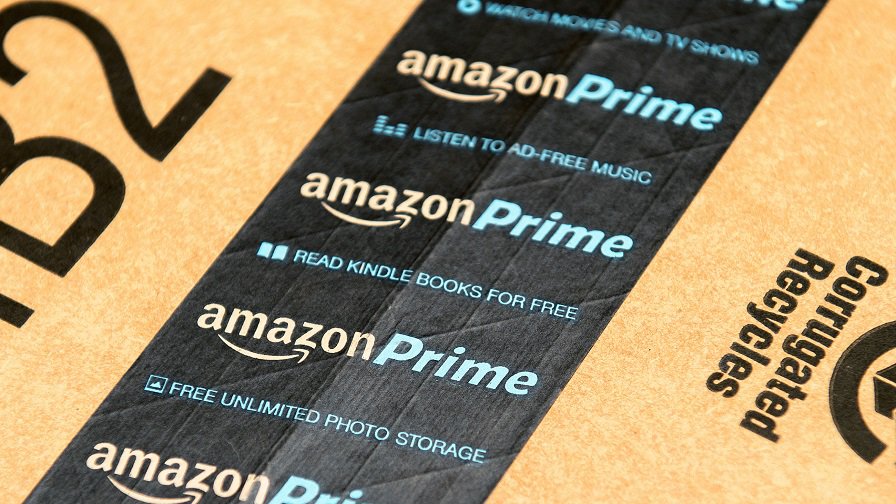Investigating the way Amazon’s Prime Week affects the wider e-commerce space, a new study from Liftoff suggests it could be a mobile commerce “goldmine” for other shopping apps.
This year’s Prime Day on July 10 marked the biggest day of sales in Amazon’s history, reeling in more than 60% since the same event last year. However, an analysis of sales across Prime Week for over four million mobile ad impressions and 17,313 purchases on various non-Amazon shopping apps found Prime Week has users ready to spend – whether it’s on Amazon or not.
According to the research, while Prime Day itself puts Amazon in the dominant position – non-Amazon apps saw a 12.84% drop in purchases – the three days leading up showed higher rates of installs and purchases on non-Amazon apps than the previous six weeks.
With consumers shifting back to Amazon for deal-day, conversions on other shopping apps began to swell again in the days after, peaking by close to 71% on the Thursday following, or as Liftoff notes, “Amazon Prime Day primes consumers to purchase – be it on Amazon or otherwise.”
‘Summer’s Black Friday’
Having only been present on the e-retail calendar for three years, Prime Day is already establishing itself as the “Black Friday of the summer season”, with the results of the research laying down the gauntlet for mobile marketers to capitalise in 2018.
“The Prime Day surge might be an Amazon-only phenomenon, but the summertime holiday undoubtedly gets mobile users in the shopping mood,” said Liftoff.
“So while shopping apps may want to avoid spending their marketing dollars on Prime Day itself, they shouldn’t give up too easily. ‘Prime Week’ presents a tremendous opportunity to drive meaningful sales and revenue, by targeting new users before the holiday and retargeting existing customers after it.”
With such high intent to buy from consumers – whether it’s purchasing from Amazon or other retailers – Prime Week might soon establish itself as one of marketers’ favourite times of the year.

